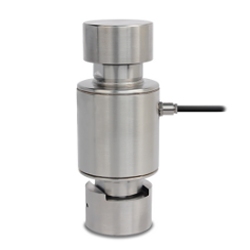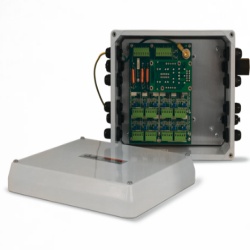This month we continue looking at truck scale service. This months topic is Load Cells. From a service perspective the overall procedure is to examine load cells and the area surrounding them. The load cell area may contain dirt and debris that has built up since the scale’s last check. Load cells must have clearance to deflect through their capacity range. The same debris that can bind the scale deck can also keep the load cells and suspension components from moving freely.
Inspect load cell cables for damage. If damage is present, the seal is probably degraded as well. To combat this problem, some manufacturers offer rigid or flexible metal conduit to run the cable through, providing a layer of protection that’s nearly impervious to damage from rodents. Even though steel over braid cable provides more protection from damage than cable sheathed with polyurethane or plastic, they still need to be checked as well.

Weather is another enemy of load cell cables. When exposed to moisture, cables can become wicks. Water can be sucked through the cables length by capillary action until it enters the load cell or junction box. Once inside, it can damage components and seep into the inner layer of the cable. Wet cables may not cause signal distortion immediately, but they may slowly corrode the copper wires or shield beneath the insulation, causing big trouble sooner or later.
Corrosion of the shield limits the cables effectiveness in blocking electromagnetic interference (EMI) and radio frequency interference (RFI). Corrosion of individual wires will degrade the signal. If you discover a wet home run cable or load cell, replace it. To help prevent moisture from entering the cell from the cable, bend the cable or flexible conduit downward to create a drip loop at the location just before it enters the cell.

Check the scale junction box (j-box) for internal condensation, is the most common moisture problem. This occurs from normal air exchanges from heating and cooling cycles, and over-aggressive washing that damages sealing components that haven’t been properly maintained. If left unchecked, wiring terminals and other components in the enclosure will corrode. Due to its material properties, a stainless steel j-box is more vulnerable to internal condensation. If stainless steel is not required, install a j-box with a fiberglass-reinforced polyester (FRP) enclosure. A desiccant bag in the enclosure will help control moisture.
